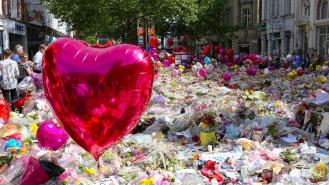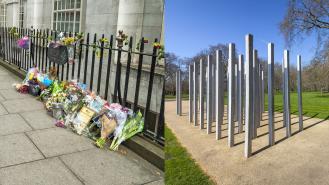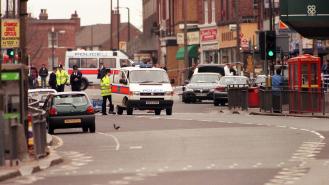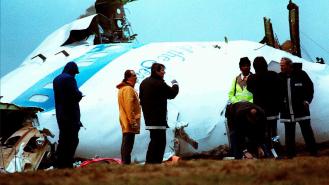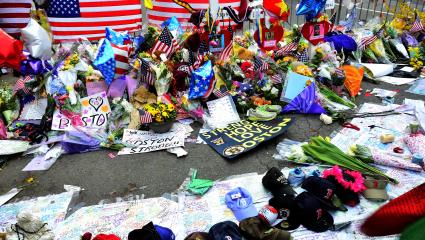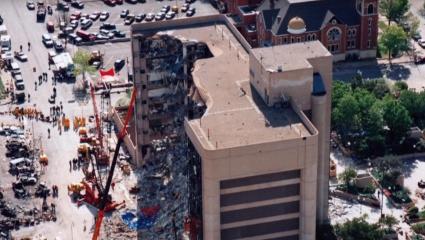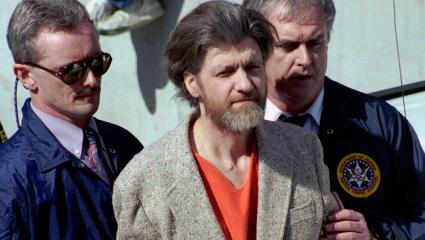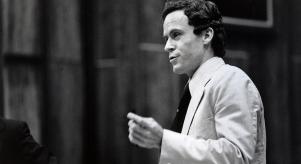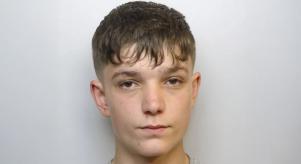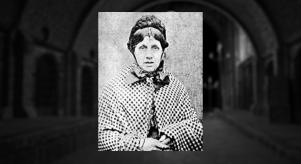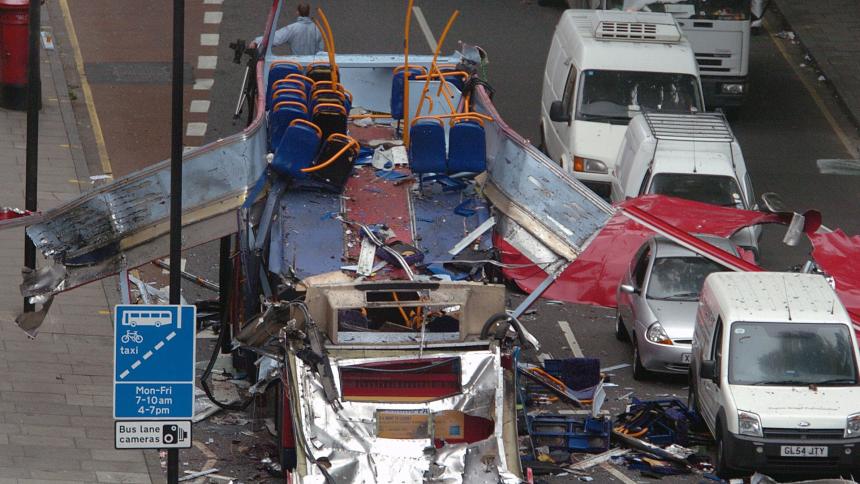
7/7 London bombing: A timeline of events
The 7/7 London bombings remain one of the saddest and most significant moments in modern British life. Here’s a breakdown of what happened that morning:
8:49 am – First explosion
Circle Line, Liverpool Street to Aldgate
On Thursday, 7th July 2005, Shehzad Tanweer detonated an improvised bomb on an eastbound Circle Line train, between Liverpool Street and Aldgate stations. Smoke, debris and panicked passengers spilled onto the platform. Seven lives were lost instantly and dozens were injured. It was shocking but not the first time London had faced politically motivated violence, with previous attacks carried out by groups like the IRA.
8:51 am – Second explosion
Circle Line, Edgware Road towards Paddington
Moments later, a second blast rocked another Circle Line train. It was detonated by a man called Mohammad Sidique Khan and claimed the lives of six passengers. As seen again in the Manchester bombing of 2017, attacks like these leave behind widespread devastation.
8:53 am – Third explosion
Piccadilly Line, King's Cross St. Pancras towards Russell Square
Just minutes after the previous attack, a third device detonated by Germaine Lindsay exploded on a Piccadilly Line train. This was the day’s deadliest explosion and one of the worst bomb attacks in British history: 26 people died and many more were trapped or hurt in the tunnel.
Naturally, the London Underground was inundated with calls about incidents across the network. The next 20 minutes were chaotic and confusing, with operators initially maintaining they didn’t suspect terrorism and instead theorising a blown power cable could be to blame.
9:13 am – 'Code amber' issued
The London Underground control room issued a 'code amber' emergency. All trains were instructed to go to the nearest, incident-free available platform.
9:29 am – Police declare 'major incident'
Just before 9:30 am the Metropolitan Police confirmed a 'major incident' is unfolding in London. Few details were released, and the consensus was that it was too early to know the cause.
9:40 am – Tube evacuation begins
A second command was issued at 9:40 am to start evacuating all passengers from the network. At the time there were roughly 200,000 people travelling on 500 trains.
9:47 am – Fourth explosion
No. 30 Double-Decker Bus, Tavistock Square
After the Tube strikes, tragedy struck again. At 9:47 am, a bomb carried by Hasib Hussain detonated aboard a packed No 30 bus in Tavistock Square. 13 people were killed, and the attacker’s death brought the total to 14. Serendipitously, the bus came to a stop outside the British Medical Association and many onsite doctors rushed to treat victims onsite.
10:53 am – London public transport suspended
Following the coordinated attacks, the entire London public transport network was shut down. Home Secretary Charles Clarke was one of the first to issue a public statement and confirmed 'dreadful incidents' have caused 'terrible injuries' across the capital.
12:05 pm – Prime Minister Tony Blair’s statement
By lunchtime, authorities confirmed the bombings were not accidents but coordinated terrorist attacks. Prime Minister Tony Blair described them as 'barbaric and indiscriminate', while emphasising the importance of unity of Britain in the face of brutality.
12:10 pm - al-Qaeda claims responsibility
Just after midday BBC Monitoring located a website linked to al-Qaeda. Published online was a 200-word statement claiming responsibility for the bombings. 'The heroic mujahideen have carried out a blessed raid in London', it read.
3:25pm – Police confirm first casualties
Less than seven hours after the first attack, police confirm that at least 33 were killed in the blasts. Sadly, this was just the beginning. A total of 56 people lost their lives in the 7/7 bombings and 784 suffered nonfatal injuries. 7/7 remains one of the deadliest days in Britain’s recent history.
Remembering 7/7 today
Like the Lockerbie bombing and other deadly attacks, anniversaries since have been marked with flowers, one-minute silences and public vigils. In 2015, the 10th anniversary literally stopped London in its tracks, with Underground and bus services temporarily paused for a poignant moment of silence at 11:30 am.
The events of 7/7 caused unimaginable pain and heartbreak. But Londoners responded with compassion, resilience and an unwavering shared resolve. Paul Dadge, a Londoner, commuter and everyday hero who was photographed helping the 'woman in the mask' (later identified as 29-year-old Davinia Turrell) in the aftermath of the Edgware Road station attack words it perfectly:
'They won't beat us because there is no point at which we will simply surrender to terrorism,' said Mr Dadge in a speech made on the 10th anniversary. 'That's not the spirit we saw on 7th July. That's not the spirit we've ever seen. That's not the spirit we will ever see.'
For more deep dives and survivor stories, sign up for the Crime+Investigation newsletter and get thoughtful insights straight to your inbox.
